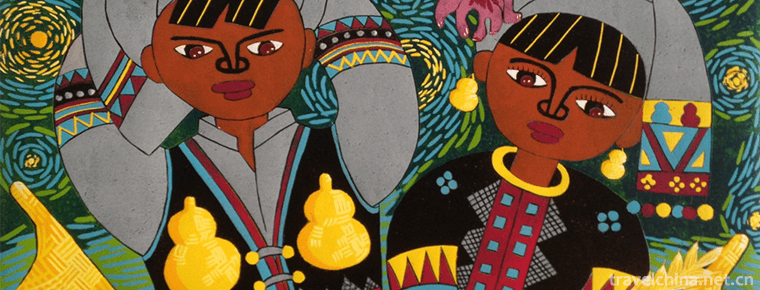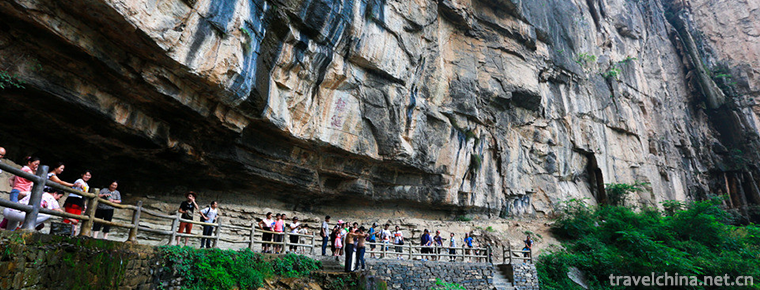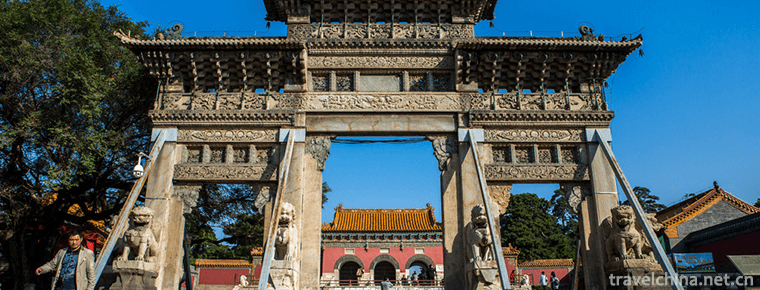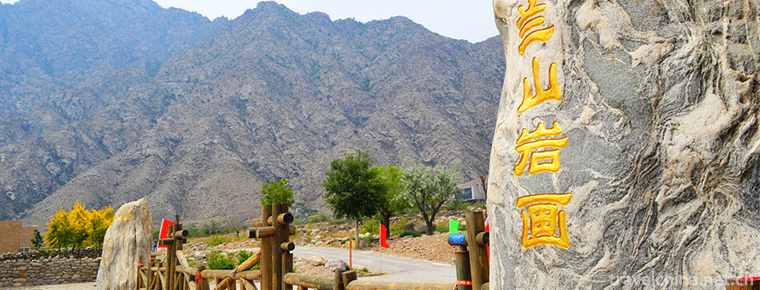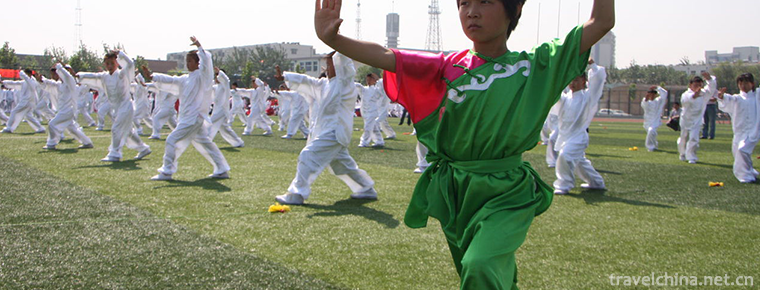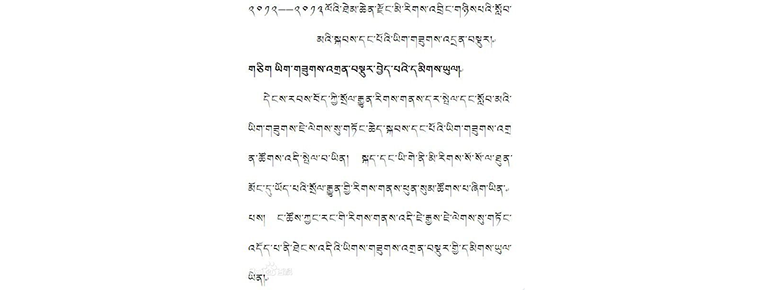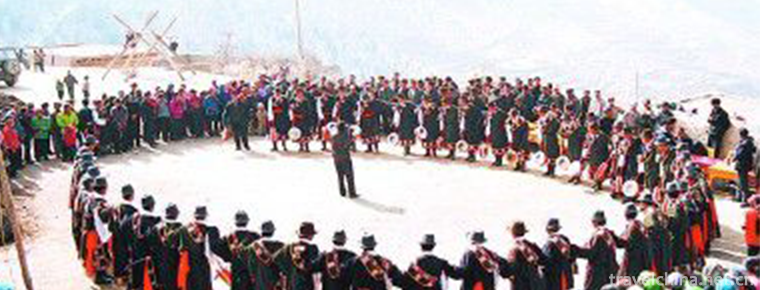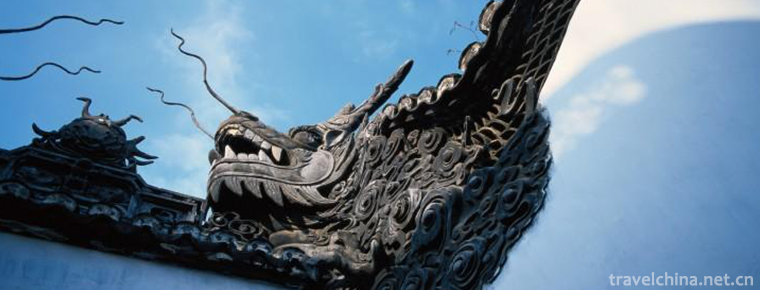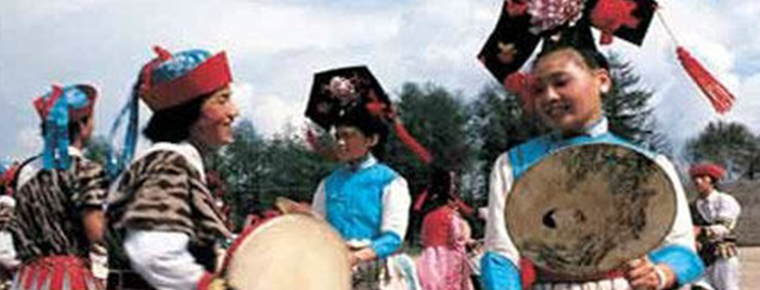Leshans first industry
Leshan's first industry
In 2019, the sown area of crops in Leshan City is 344100 hectares, an increase of 3318 hectares over the previous year. Grain planting area was 217800 hectares, an increase of 122 hectares over the previous year; oil planting area was 46500 hectares, an increase of 238 hectares over the previous year; sugar planting area was 476 hectares, an increase of 19 hectares over the previous year; vegetable planting area was 53300 hectares, an increase of 2082 hectares over the previous year.
In 2019, the grain output of Leshan is 1222200 tons, an increase of 0.1% over the previous year; the oil production is 82300 tons, increasing by 0.2%; the sugar production is 17100 tons, increasing by 2.4%; the output of vegetables and edible fungi is 13223000 tons, increasing by 5.4%; the output of tea is 45000 tons, increasing by 7.3%; the output of fruit is 192000 tons, increasing by 7.8%.
In 2019, 1.9317 million pigs were put on the market in Leshan, down 37.0% from the previous year; 924900 live pigs were on hand, down 52.1%; 5.1788 million meat rabbits were sold and slaughtered, an increase of 6.5%. The total output of meat in the whole year was 225200 tons, down 21.9% over the previous year. Among them, the output of pork was 141900 tons, down 35.4%, accounting for 63.0% of the total meat production; the output of beef was 3823 tons, an increase of 8.9%; the output of mutton was 5254 tons, an increase of 4.8%; the output of poultry meat was 68100 tons, an increase of 24.7%. Egg production was 134100 tons, an increase of 12.4%.
In 2019, the output of aquatic products in Leshan will be 122200 tons, an increase of 4.0% over the previous year. The annual afforestation area is 9513 hectares. The forest area is 746800 hectares, and the forest coverage rate is 58.6%, 0.8 percentage points higher than that of the previous year.
In 2019, the irrigated area of cultivated land in Leshan City is 142300 ha, and the actual irrigated area is 111000 ha.

Leshans first industry
-
Aba Tibetan and Qiang Autonomous Prefecture
abbreviated as Aba Prefecture, is a national autonomous prefecture in Sichuan Province
Views: 356 Time 2018-10-13 -
Mupa Mipa
Mupa Mipa, a local traditional folk literature in Simao City, Yunnan Province, is one of the national intangible cultural heritage.
Views: 376 Time 2018-12-15 -
The Wanxian Moutain
Wanxianshan Scenic Area is located in the hinterland of Taihang Mountain in the northwest of Huixian City, Henan Province. It belongs to Nantaihang Tourism Resort, Xinxiang
Views: 247 Time 2018-12-17 -
Zhao tomb in Qing Dynasty
Zhaoling Tomb of Qing Dynasty, the mausoleum of Taizong Emperor Taiji, the founding monarch of the second generation of Qing Dynasty, is located in the ancient city of Shenyang (Shengjing)
Views: 196 Time 2018-12-26 -
Helan Mountain Rock Painting
Helan Mountain Rock Painting is a national key cultural relics protection unit, the national AAAA level tourist attractions, the national research tourism demonstration base (2016 one of the first 20)
Views: 121 Time 2019-01-13 -
Lushan National Forest Park
Located in the center of Shandong Province, Lushan National Forest Park is an important scenic spot of Boshan Scenic Tourist Area, with its main peak at 1108.3 meters above sea level, the highest peak
Views: 190 Time 2019-02-06 -
Cangzhou Wushu
Cangzhou people have been known for their simplicity, integrity, diligence and bravery since ancient times. Because of the relationship between geography and historical conditions
Views: 175 Time 2019-04-04 -
Tibetan calligraphy
Tibetan calligraphy is an important part of Tibetan culture and art. In the seventh century AD, during the Zampson Zangganbu period of Tubo, minister Tunmi Sampuza absorbed the advantages of different
Views: 177 Time 2019-04-05 -
Carved lacquer art
Lacquer carving, traditional handicraft in Chongwen District, Beijing, is one of the national intangible cultural heritage.
Views: 159 Time 2019-04-27 -
Gell
"Gar", which means singing and dancing in Tibetan, also means "music and dance", because performing Gar has accompaniment of special instruments. On the staff roster of the Tibetan
Views: 334 Time 2019-04-30 -
Restoration Techniques of Ancient Architecture
Ancient buildings are an important part of historical relics in China. Protecting, restoring and renovating ancient buildings is one of the important tasks in the protection of cultural relics.
Views: 206 Time 2019-05-01 -
Manchu speaking Department
Manchu Folk Talk Department refers to a long prose narrative literature created and preached by Manchu folk artists, which aims to reflect the war life and emotional world of the Manchu people in hist
Views: 151 Time 2019-05-19

